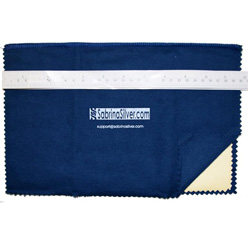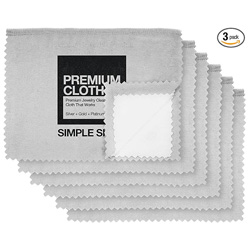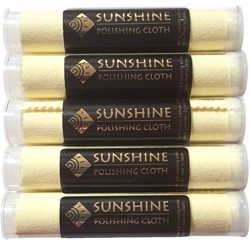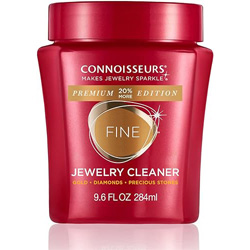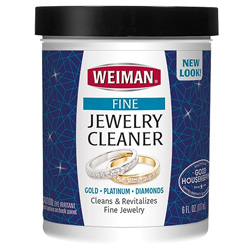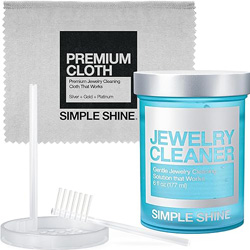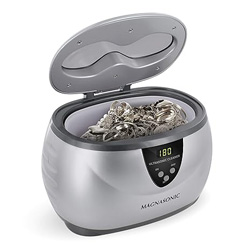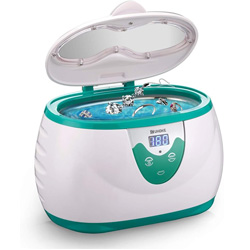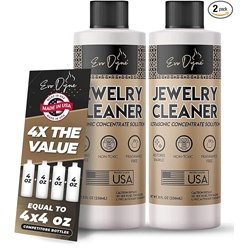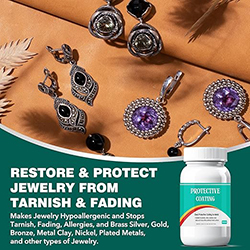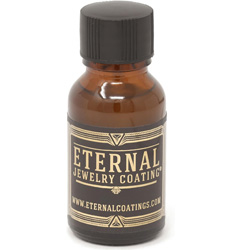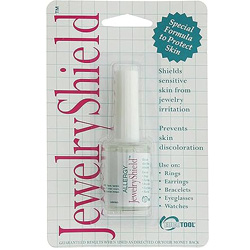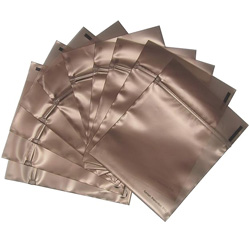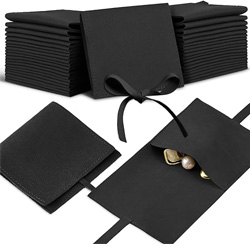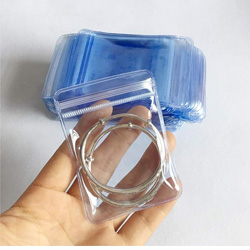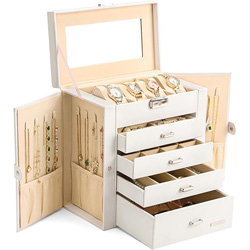- Jewelry
- Inspiration
- Our imagination
- Birthstones
- Celebrating with Eternal Flowers
- Druids and druidesses
- Flower meanings
- History, archeology jewelry
- History and healing properties of metals
- History and healing properties of stone
- Illumination jewelry
- Japanese symbols
- Maya calendar jewelry
- Stone color symbolism
- Stones catalogue
- Wedding anniversaries
- Searches a theme on the site
- Good Deals
- Paintings
- About
- Contact
JEWELRY
- Anklet
- Bracelets
- Brooches
- Cufflinks
- Earrings
- Pendants & Necklaces
- Rings
- Draw your jewelry
- How to clean your jewel
- Metal we used
INSPIRATION
- Our imagination
- Birthstones
- Celebrating with Eternal Flowers
- Druids and druidesses
- Flower meanings
- History, archeology jewelry
- History and healing properties of metals
- History and healing properties stones
- Illumination jewelry
- Japanese symbols
- Maya calendar jewelry
- Stone color symbolism
- Stones Catalogue
- Wedding anniversaries
- Searches a theme on the site

How to clean your sterling silver jewels
The blackening of sterling silver
We will discuss this phenomenon in relation to jewelry made from at least 925 sterling silver, meaning it contains at least 92.5% pure silver. However, it is important to note that the 925 stamp, while indicative, does not always guarantee the overall quality of the piece. It is possible to purchase this stamp and apply it to lower-quality jewelry with a lower percentage of silver, which could affect the durability and appearance of the item.
My sterling silver jewel blackens
Like all metals, silver oxidizes over time, resulting in tarnishing and loss of shine. This natural phenomenon is due to the formation of a thin layer of silver sulfide on the surface of the metal. This darkening is not related to the quality of the silver used but is natural and can be accelerated by environmental and usage factors.
Once the metal comes into contact with air, it starts to tarnish. However, silver jewelry is not meant to be kept in a vacuum-sealed bag. Regularly wearing your silver jewelry can actually help maintain its shine, as contact with skin or clothing can act as a natural polishing agent. However, it is crucial to care for your jewelry and protect it from harsh chemicals.
Silver oxidation can also be intentional, used to add character and depth to a piece of jewelry. Some jewelry designers use this technique to give their creations an aged, vintage look, which can enhance their charm and aesthetic value. In such cases, attempting to restore the shine of a piece would be a mistake, as it could remove part of its unique character.
However, for those who prefer to keep their silver jewelry’s original luster, it is possible to restore its shine using specific silver-cleaning products or by having it professionally cleaned.
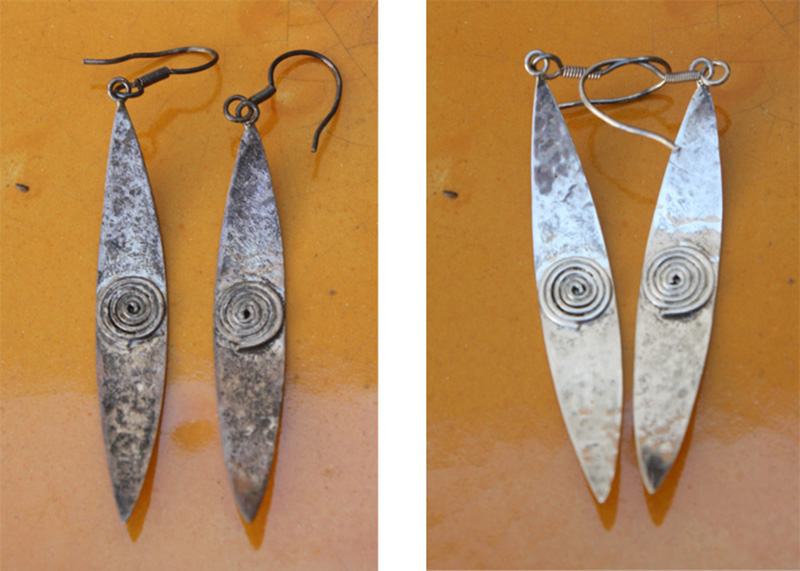
My skin turns black while wearing my sterling silver jewel
It is estimated that around 2-3% of people have skin chemistry characteristics that cause silver to tarnish upon contact. This phenomenon may result in green, black, or gray tones appearing on the skin where it comes into contact with the jewelry.
This percentage is relatively low, but it’s important to consider occasional factors that can alter the skin’s pH, such as diet, environmental conditions, or chemical products (perfumes, chlorine, etc.). This explains why the phenomenon is not constant.
Sterling silver (925) consists of 92.5% silver and 7.5% another metal, often copper, as is the case in our store. In some cases, germanium or other metals may be used, which can interact differently with your skin and increase the tarnishing effect. This is why some 925 sterling silver jewelry will discolor on your skin while others won’t. It is also important to be cautious of items that are not genuine silver or have a silver content well below the 925 standard.
My sterling silver jewel does not oxidize
If your "silver" jewelry doesn’t tarnish, it might be rhodium-plated silver, meaning it is coated with a thin layer of rhodium that protects the silver and prevents tarnishing. If that’s not the case, your jewelry is probably not real silver. The tarnishing process begins as soon as silver comes into contact with air, and it is inevitable.
Cleaning sterling silver jewels
Advices about cleaning jewels
On the internet, numerous "grandmother’s recipes" for maintaining and cleaning your silver jewelry circulate, but it is crucial to be cautious, as some methods can damage your jewelry.
Avoid abrasive methods that could scratch the surface of the silver and gradually erode the metal, leading to material loss. It’s also essential to take special precautions if your silver jewelry is adorned with a precious or semi-precious stone. Some stones may change color or be damaged by heat or liquids. Fragile stones can break easily if exposed to shocks or excessive pressure.
When cleaning your jewelry, be sure of its quality. If you own plated silver jewelry, it could suffer from cleaning, even if you're just vigorously rubbing it with a cleaning cloth. You might expose the base metal of your jewelry (copper, brass, or other) and need to have it re-plated by a professional.
Be mindful of the charm brought to some jewelry by oxidation, which may be intentional to add depth. Overzealous cleaning could strip away that unique character. In fact, oxidation can add a natural patina and an aged look to your silver jewelry, giving it unique charm and personality. Some jewelry designers even use special techniques to accelerate the oxidation process and create artistic and textured effects.
On this page, I will provide the gentlest and least risky methods, as well as those I learned in jewelry school. It’s up to you to consider and assess the quality and value of your jewelry before choosing any of these methods.
Going to a jeweler’s to have your jewels cleaned
The safest solution is to take your silver jewelry to your jeweler. In most cases, they will simply wipe the jewelry with a cloth to remove the silver oxidation.
Now, if your silver jewelry needs it, they will give it a real renovation. This service is chargeable because it is still a work that is occasionally necessary. The complete work consists of sanding the jewelry again to remove the scratches caused by use, and then repolishing it using a special paste and finally cleaning it again. This will restore the silver jewelry to its original shine.
Cleaning your jewels with a special cloth
Cleaning your jewelry with a cleaning cloth or chamois is the safest and quickest method for cleaning your jewelry or for regular maintenance. One note: you will need to be careful with plated jewelry because if you rub too hard, the plating can come off.
These cloths are found under the names of cleaning cloth, polishing cloth, buffing cloth, jewelry chamois... These tools are designed to remove dirt, dust, and product residues that can dull the shine of your jewelry. They are generally made from soft and non-abrasive materials, such as cotton or microfiber, to avoid scratching the surface of your jewelry.
Simply rub your jewelry to restore its shine. Quick and effective, this is the basic maintenance method that all jewelers perform in their shops.
It is obvious that the smoother your jewelry is, the easier it is to rub and restore its shine. Things get more complicated when there is relief or engraving to reach the angles or corners. You also need to be careful with jewelry with claws so as not to deform them if they catch on the chamois.
For jewelry care with a polishing cloth, you can choose the following products, for example:
Cleaning solution for your sterling silver jewelry
This method of cleaning silver jewelry involves using a chemical product. There are many of them that are used in the form of a bath where the jewelry is soaked for a longer or shorter period of time.
These cleaning baths for silver jewelry are often formulated to effectively remove dirt, grease, and residues from cosmetic products that can dull the shine of your jewelry. They are generally easy to use: simply pour the product into a container, immerse the jewelry in it, and let it soak for a few minutes. Then, simply rinse the jewelry with clear water and dry it with a soft cloth to restore its shine.
It is important to note that some cleaning baths for silver jewelry may contain ingredients that can damage precious or semi-precious stones, or even cultured pearls. As with "natural" products and grandmother’s tips, it is therefore recommended to read the labels carefully and check the compatibility of the product with the materials of your jewelry before using it. In addition, it is advisable not to soak your jewelry in the cleaning bath for an extended period of time, as this can damage the materials and alter the appearance of your jewelry.
You will find all kinds of jewelry cleaning baths: for silver, silver and stone, silver and cultured pearls, ...
For jewelry cleaning products, you can choose the following options, for example:
Cleaning your jewels with washing powder.
The cleaning method using laundry detergent is the most economical method that I was taught at the jewelry school and is part of the process we use in cleaning the jewelry we make in our workshop. This method is particularly effective in removing grease and silver sulfide residues that can dull the shine of your silver jewelry. It is also gentle and non-abrasive, allowing for deep cleaning without damaging the materials.
Put your tarnished silver jewelry without stones in a saucepan with a little laundry powder and enough water to cover them.
Bring to a boil on your stove. The action of the detergent will remove all grease and silver sulfide residues.
With a toothbrush, gently scrub your jewelry. Rinse thoroughly with water. When you feel it is clean enough, wipe it with a soft cloth.
For jewelry with a stone, you really need to be very careful and not take too much risk. If you really want to try, do not soak the stone in the bath, or to limit problems with heat, bring the water and detergent to a boil, turn off the heat and soak your jewelry for a few seconds, no more.
It is important to note that some precious or semi-precious stones may be sensitive to heat and may change color or deteriorate if exposed to high temperatures. Also, be careful of the quality of your jewelry. Some "jewelers" glue the stones to avoid setting them and they can come off under the action of heat.
It is therefore recommended to consult a professional for advice on the best way to clean jewelry with stones without damaging them.
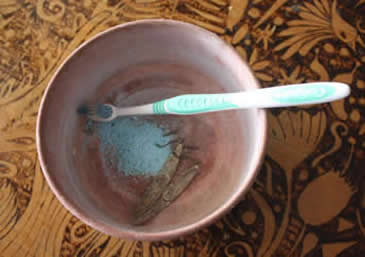
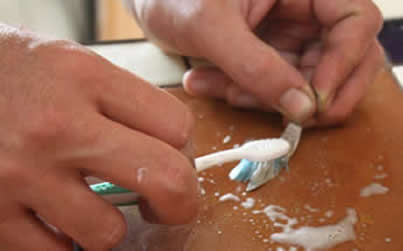
Clean your silver jewelry with detergent and a toothbrush
How to get rid of the oxidization of a sterling silver jewel with bicarbonate
To remove tarnish from your jewelry with baking soda, place your jewelry in a container where you have placed a sheet of aluminum foil on the bottom, and cover it well with one or two spoons of baking soda. Boil water; then pour it over your jewelry without leaning over the container. The boiling water and baking soda create a small chemical reaction and it is not very pleasant to breathe.
When you notice that the aluminum foil starts to darken, it means that the chemical reaction has done its job and partially removed the oxidation.
If cleaning your jewelry is not yet to your liking, repeat the process until you achieve the desired shine.
You can then dry your jewelry with a soft cloth or use a polishing cloth.
It is important to note that this cleaning method using baking soda and boiling water is more suitable for silver jewelry without stones or with heat-resistant stones. It also involves hot water, so we refer you to the same risks as the previous method.
Clean your jewelry with an ultrasonic cleaner
These devices emit ultrasonic waves that cause vibrations. They form bubbles on the surface of the jewelry that destroy all dirt by imploding.
The method is certainly the gentlest and is rather very effective since the ultrasonic waves penetrate all the spaces of the jewelry and allow for deep cleaning.
However, the method is not without danger and you should not immerse anything in it. We advise you to avoid any material other than metals to avoid taking risks. Do some good research on the internet before you start.
Here are some recommendations for proper use: use clean water, without any small residue or dirt. They would vibrate with the rest and could damage and scratch your jewelry. Then, do not overload your ultrasonic tank, the jewelry should not touch each other. During cleaning, they would collide and damage each other.
As for the substances not to put in your ultrasonic cleaner, here are some examples.
Firstly, all organic materials such as coral, amber, ivory, mother-of-pearl, wood, horn, shell cameos... No soft stone can be cleaned in an ultrasonic tank such as: emerald, opal, tanzanite, lapis lazuli, jade, turquoise, malachite, marcasite, agate, sunstone, moonstone, fluorite, iolite, kunzite, zircon, colored diamond, tourmaline, peridot, onyx...
There are also metals that you will not be able to clean with your ultrasonic cleaner such as titanium, plated copper and tungsten. Remember to observe your jewelry carefully. It may have been intentionally oxidized to age it or to highlight reliefs. Avoid removing this charm from it.
But also look carefully at your stone, even if it is not on the list of stones not recommended for the ultrasonic tank. It must not have any inclusions or cracks to avoid damage during treatment. It must not have been glued to the setting, as some jewelers do. The glue could melt during washing. You must also look closely at the metal itself to ensure that it does not have any defects that could worsen with cleaning.
Do not put any costume jewelry. The stones are often fake and glue is often used. Everything could melt during the ultrasonic bath.
When in doubt, choose another method to minimize the risk.
There is no problem with solid gold, and platinum jewelry. Some stones (without defects) can withstand treatment such as diamond, ruby, sapphire, garnet, cubic zirconia, amethyst, ametrine, bloodstone, heliotrope, carnelian, blue chalcedony, lavender chalcedony, chrysoprase, citrine, onyx, smoky quartz, tiger eye, topaz.
All kinds of detergents are offered to add to the tank to clean the jewelry. From experience, a few drops of dish soap will give you the same result.
Regarding ultrasonic jewelry cleaners, you can check out the following models:
How to prevent my sterling silver jewelry from oxidizing
Maintaining a silver jewelry piece is, all in all, quite simple, and grandmother’s recipes have proven their worth for generations. Moreover, they are cost-effective. The natural darkening of your silver jewelry is part of its charm, and it is possible to clean and polish them to restore their full shine.
Applying nail polish to prevent the blackening process
There are solutions such as varnishes that isolate silver from the air, but they tend to give a plasticized appearance to the jewelry and their effectiveness is limited over time. Like nail polish, it is necessary to regularly renew the application of this varnish, which must be carefully applied to previously cleaned jewelry for better adhesion.
However, even with these precautions, when the varnish starts to chip, the result is far from aesthetic.
Here are some examples of products that prevent your jewelry from tarnishing:
Plating your jewels to prevent oxidization
It is sometimes suggested to rhodium plate your silver jewelry to prevent its natural tarnishing. This process involves applying a rhodium plating to your jewelry, giving it a grayer hue than the natural color of silver.
However, this treatment is relatively expensive, and it is important to remember that it is a plating. Like plating with other metals, this one is thin and will wear off gradually. This phenomenon is particularly quick for rings and bracelets, which undergo more friction against different surfaces due to their proximity to the skin and daily activities (movement, contact with dishes, shower, etc.).
In the long run, the result is often less aesthetic as the jewelry loses its rhodium appearance in places. It is therefore necessary to regularly renew the treatment. It is also important to carefully check what is being sold to you as "rhodium-plated silver" and to know the metal that is being rhodium-plated. Sometimes, jewelry is sold as "rhodium-plated silver," which may suggest that it is of very high quality. However, it is possible that the base of the jewelry is copper, which can disappoint customers, especially given the price invested in the piece.
Taking care of your sterling silver jewelry
Avoiding the tarnishing of your jewelry is a process that begins with taking care of them from the start. This involves carefully storing them in jewelry boxes or individual pouches to protect them from air and moisture. By storing them in this way, you reduce the frequency with which you need to vigorously clean them before wearing them.
Where to keep your jewels
To preserve your jewelry in the best conditions, it is essential to avoid extreme temperatures and humidity. This means protecting your jewelry from cold air and excessive heat. Instead, opt for a moderate room temperature and ensure they are not directly exposed to sunlight.
Humidity can accelerate the oxidation process of silver, but it may be necessary for certain gemstones such as opals and cameos. To preserve your opals and prevent them from cracking, it is recommended to soak them in water from time to time.
How to stock your sterling silver jewelry
To preserve the shine of your silver jewelry, it is best to avoid hanging or tabletop displays. Instead, opt for a drawer or a jewelry box to store them.
To minimize contact with air and light, which can cause oxidation, store your silver jewelry in individual pouches. This will also protect them from scratches and impacts, especially for jewelry adorned with gemstones.
Fabric pouches are very effective in protecting your jewelry from impacts and light, while also limiting contact with air.
In your jewelry box, you can also place a few silica gel packets, similar to those found in shoe boxes, to absorb moisture and protect your jewelry from oxidation.
Here are some products to protect, organize, and store your jewelry:
Some extra advices
It’s important to remove your jewelry before sleeping, as it limits the oxidation that can occur from contact with your skin and prevents accidental damage or twisting of your jewelry during the night.
We also recommend removing your jewelry before exercising (due to sweat) and before going to the pool or shower, as chlorine can also cause oxidation of your jewelry.
Be careful at the beach as well, as sand can scratch them.
Perfumes, cosmetics, and creams can also accelerate the oxidation of your jewelry. These are chemicals, just like the products you use to wash dishes, floors, or cars.
Also, avoid heat, such as when cooking, as it can damage your jewelry.

